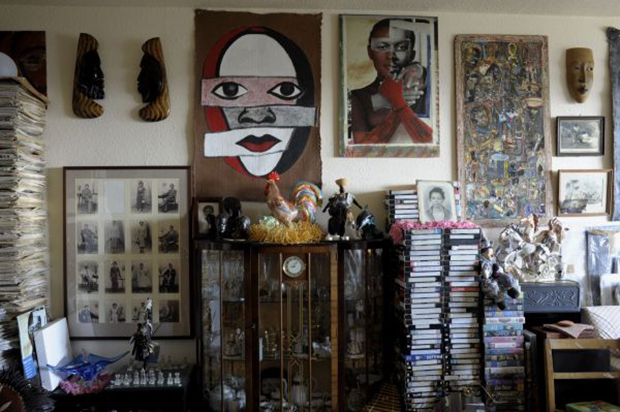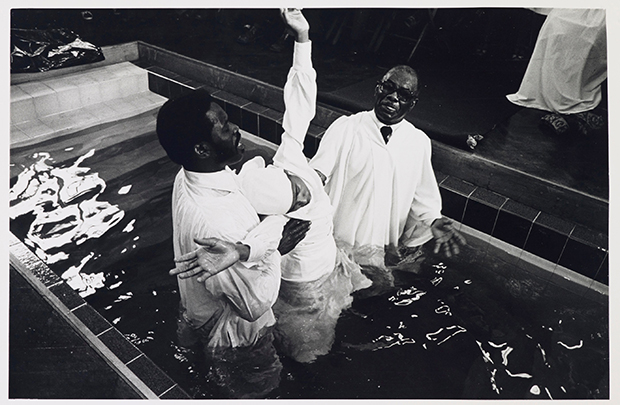
Black Britain in black and white
Fascinating new Vanley Burke show displays the photographer’s prints and also the contents of his life
The photographic history of 20th-century race relations tends to show protest and conflict. Think of Charles Moore’s shots of civil-rights protestors being sprayed with high-pressure hoses in Birmingham, Alabama back in 1963. However, there is another, quieter, more domesticated story to be told, which can be seen in Birmingham in Britain from today
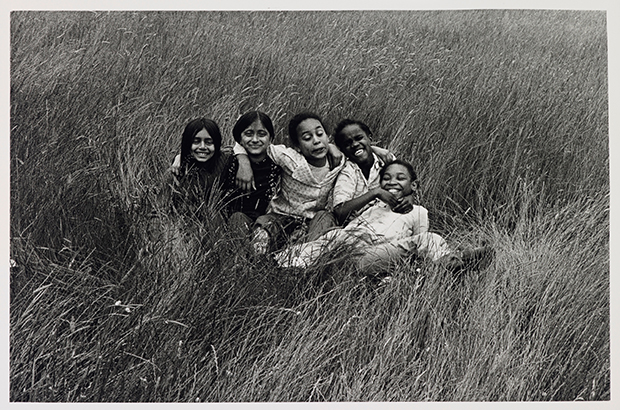
The city’s Ikon gallery is opening its new show, At Home with Vanley Burke, honouring a local black photographer who shot both protest marches and local marriages, burnt-out cars and children at play. The Jamaican-born image-maker, who has lived in Birmingham for almost all his adult life, manages to capture the harmonious and more successful side of the Caribbean diaspora in Britain.
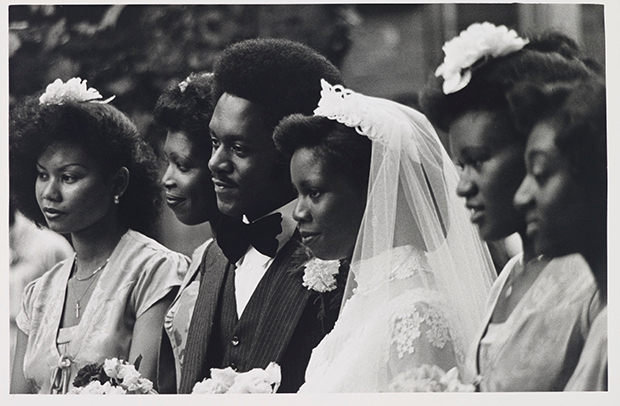
Here’s how the great British cultural theorist Stuart Hall puts it in our book on black and Asian photography, Different: “in his exquisitely framed images of daily life in black communities, Vanley Burke did for the black presence in the Midlands and the black communities of Handsworth, Birmingham, what the great African-American documentarists had attempted for Harlem. He vividly recorded the moments of angry political confrontation which characterised the 1960s and 70s. But his prevailing emphasis is to be found in the quieter portraits and more understated images of ‘ordinary’ daily existence – baptism and graduation, young people, as well as older black folk, clubs, schools and churches, weddings and funerals, the betting shop and cricket in the park – which offer a collective portrait of a settled people in the process of ‘coming home to themselves’.
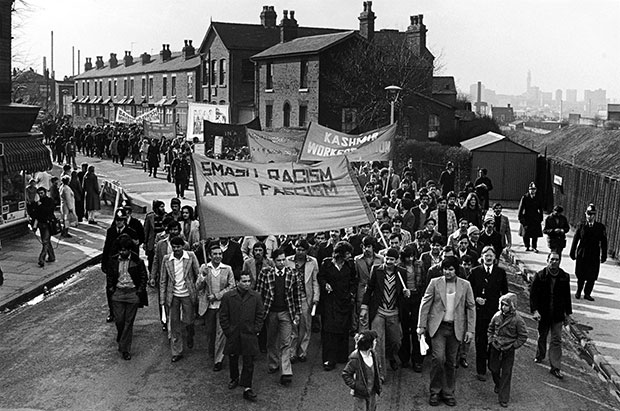
The exhibition plays on this domesticity by transporting the entire contents of Burke’s flat in Nechells, northeast Birmingham, to Ikon’s main exhibition space in the centre of the city. Aside from these great pictures, you can expect to see Burke’s own collection of posters, flyers, publications, clothes, records and ornaments.
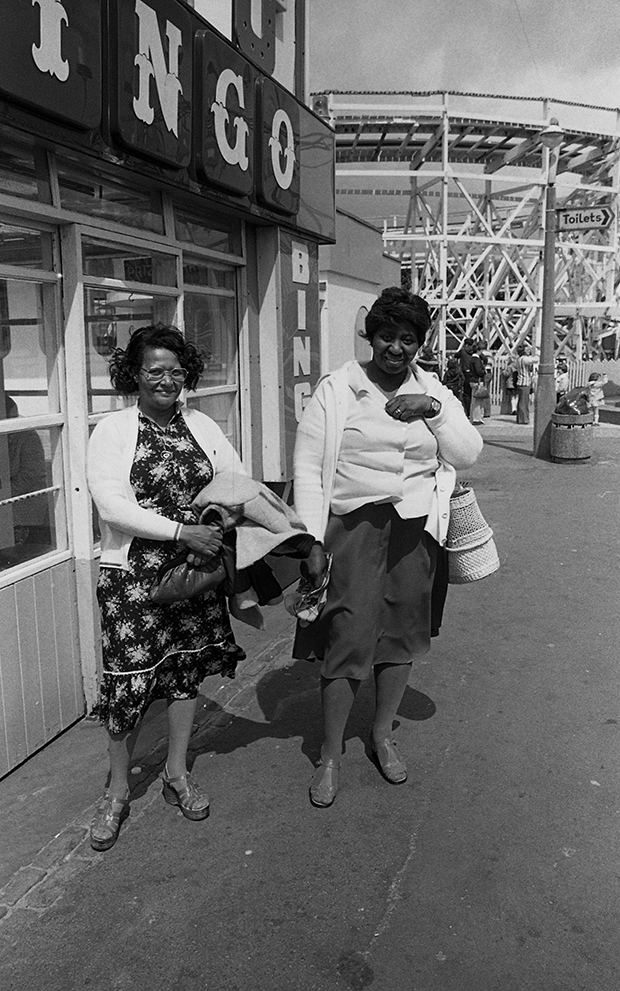
“This flat is many things, it’s an archive, it’s a gallery, it’s my home,” says Burke, “it’s where I collect a part of our history.” And, though it’s a long way away from the tear gas and attack dogs associated with its Alabama namesake, Burke’s collected history remains important nonetheless.
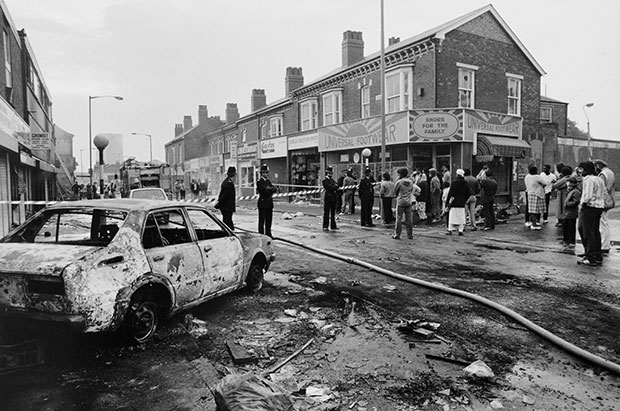
Find out more about the exhibition, which runs until until 27 September, go here; for further insights into black British photography buy a copy of Stuart Hall’s book Different here; and for more on the greater history of photography, including Charles Moore's 1963 shot, buy The Photography Book here.
